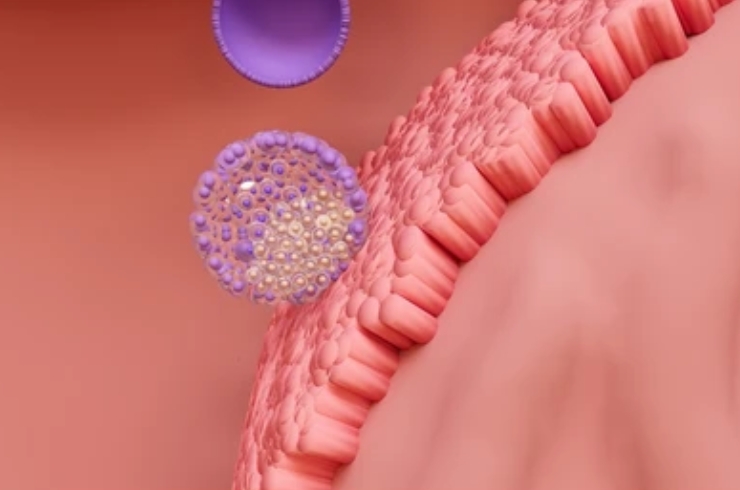
Understanding the Blastocyst Stage
A blastocyst is an embryo that has developed for about five to six days after fertilization. At this stage, the embryo contains more cells and has a higher potential for implantation. Culturing embryos to the blastocyst stage allows doctors to select the most viable ones, which increases the chances of a successful pregnancy.
When Blastocyst Transfer Is Used
Blastocyst transfer is often preferred in patients with good embryo growth in the lab. It is suitable for those who have had previous IVF failures or want to reduce the risk of multiple pregnancies through single embryo transfer. This method improves implantation rates due to the embryo’s maturity and readiness to attach to the uterus.
Benefits of Blastocyst Transfer
One major advantage of blastocyst transfer is higher success rates. The timing of transfer closely matches the natural implantation window, making the environment more favorable for the embryo. This approach also allows for better embryo selection and increased pregnancy outcomes, especially when combined with advanced IVF techniques.